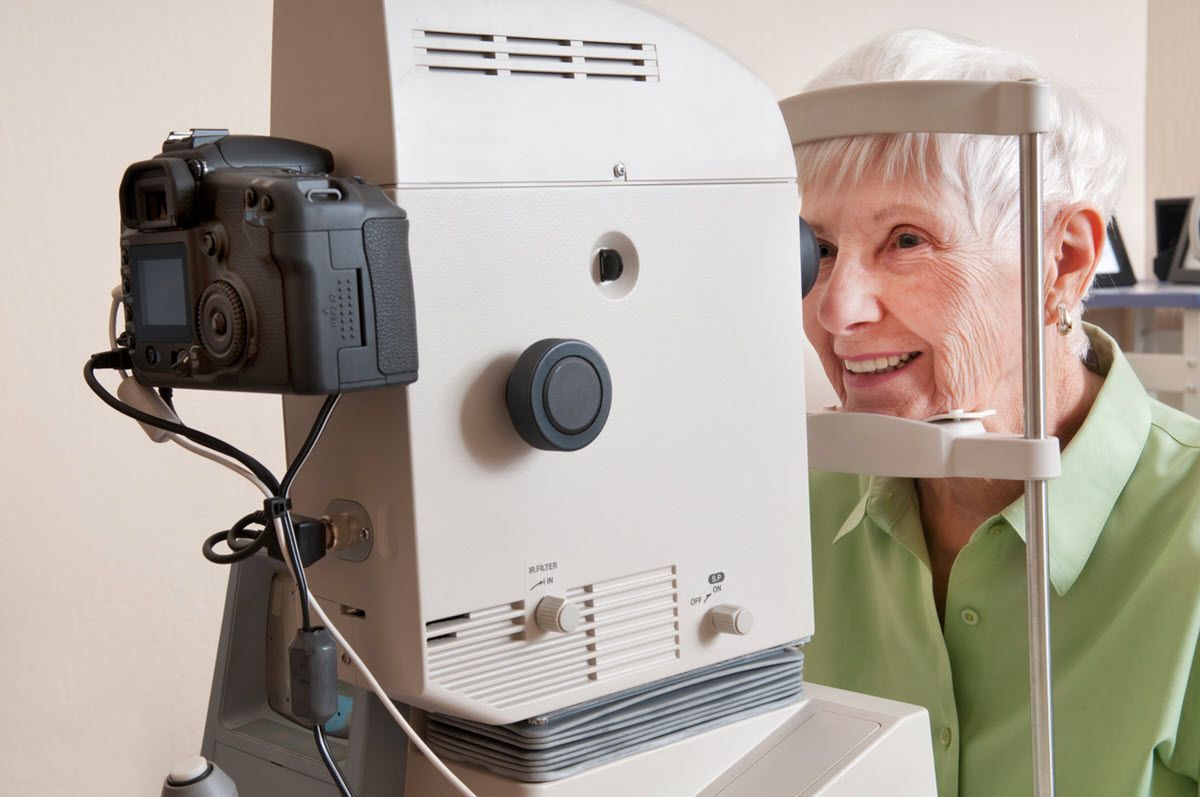SYNERGY Group Blog

By Sandra Sands
•
July 30, 2025
Medicare is evolving to better support the mental health and well-being of its beneficiaries—and 2025 brings several impactful updates. With growing awareness around the importance of mental health, these changes are timely and vital, especially for older adults and individuals in underserved communities. More Mental Health Providers Now Covered One of the most significant updates is Medicare’s expanded list of covered mental health professionals. In 2025, beneficiaries will be able to receive care from licensed professional counselors (LPCs), marriage and family therapists (MFTs), and addiction specialists. This change is especially meaningful for those in rural or underserved areas where access to mental health care can be limited. Continued Support for Telehealth Telehealth remains a key tool for delivering mental health services. Medicare continues to cover telehealth, including audio-only visits, for mental and behavioral health needs. This flexibility allows beneficiaries to receive care from the comfort of their home—a crucial feature for those with mobility issues or limited local provider options. New Coverage for Intensive Outpatient Programs (IOPs) Medicare Part B continues to cover outpatient mental health services such as counseling, therapy, and psychiatric evaluations. In 2025, Medicare expands this coverage to include Intensive Outpatient Programs (IOPs). IOPs provide structured, multi-hour therapy several days a week—filling a gap for those who need more than traditional therapy but not inpatient care. Enhanced Assessment and Suicide Prevention Tools New billing codes have been introduced to support comprehensive mental health assessments and personalized safety planning. These tools aim to improve early intervention, diagnosis, and suicide prevention efforts, allowing for a more proactive approach to mental health care. Medication Becomes More Affordable There’s also good news for those managing mental health with prescription medications. Medicare Part D now caps out-of-pocket prescription drug expenses at $2,000 annually. This cap helps reduce the financial burden of ongoing medication, making treatment plans more accessible and sustainable. What About Inpatient Care? Inpatient psychiatric care remains covered under Medicare Part A, which includes hospital stays, therapy, and medication management for those in crisis. These services continue to be an essential component for individuals facing severe mental health challenges.

July 25, 2025
When you enroll in Medicare, you get access to hospital and medical insurance through Parts A and B—but many people are surprised to learn that it doesn’t cover everything. In fact, some of the most commonly needed services—like routine dental, vision, and hearing care—are not included in Original Medicare . The good news? You do have options . Whether through Medicare Advantage plans or standalone coverage, there are several ways to make sure these essential health needs don’t fall through the cracks.



